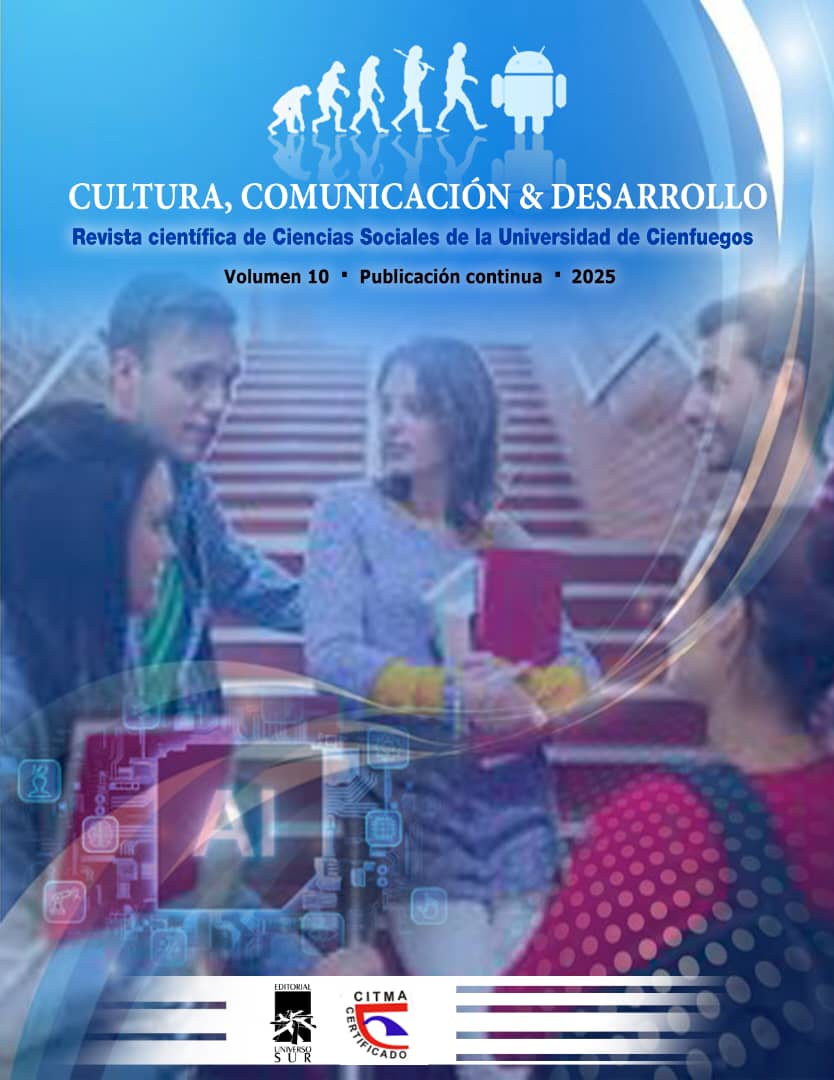Teaching strategies to improve academic performance in Natural Sciences and Environmental Education among third-grade students in Colombia
Abstract
The development of creativity in education has been widely studied, highlighting its relationship with the use of tools that promote the organization of thought and the generation of new ideas. In this sense, some teaching strategies allow for structured connections between concepts, facilitating problem-solving and meaningful learning. From an associationist perspective, creativity arises from transforming rigid hierarchical structures into divergent thinking models, while Gestalt theory maintains that the creative process involves conceptual reorganization that allows ideas to be structured coherently, promoting the resolution of cognitive tensions in accordance with the law of closure. In this context, questions arise regarding the effectiveness of mind mapping as a tool to stimulate creativity and its impact on students' academic performance. This article evaluated the impact of the use of mind mapping on the learning of primary school students. To this end, a quasi-experimental intragroup design was implemented, with the aim of analyzing whether the application of this teaching strategy favors the improvement of academic performance in the subject of Natural Sciences.Keywords: Mind map, originality, innovation, solutions, creative method, creativity
Downloads
Published
How to Cite
Issue
Section
License
Copyright (c) 2025 Revista Científica Cultura, Comunicación y Desarrollo

This work is licensed under a Creative Commons Attribution-NonCommercial-NoDerivatives 4.0 International License.
© Podrá reproducirse y socializarse, de forma parcial o total, el contenido de esta publicación, sin fines comerciales, siempre que se haga de forma literal y se mencione la fuente.


